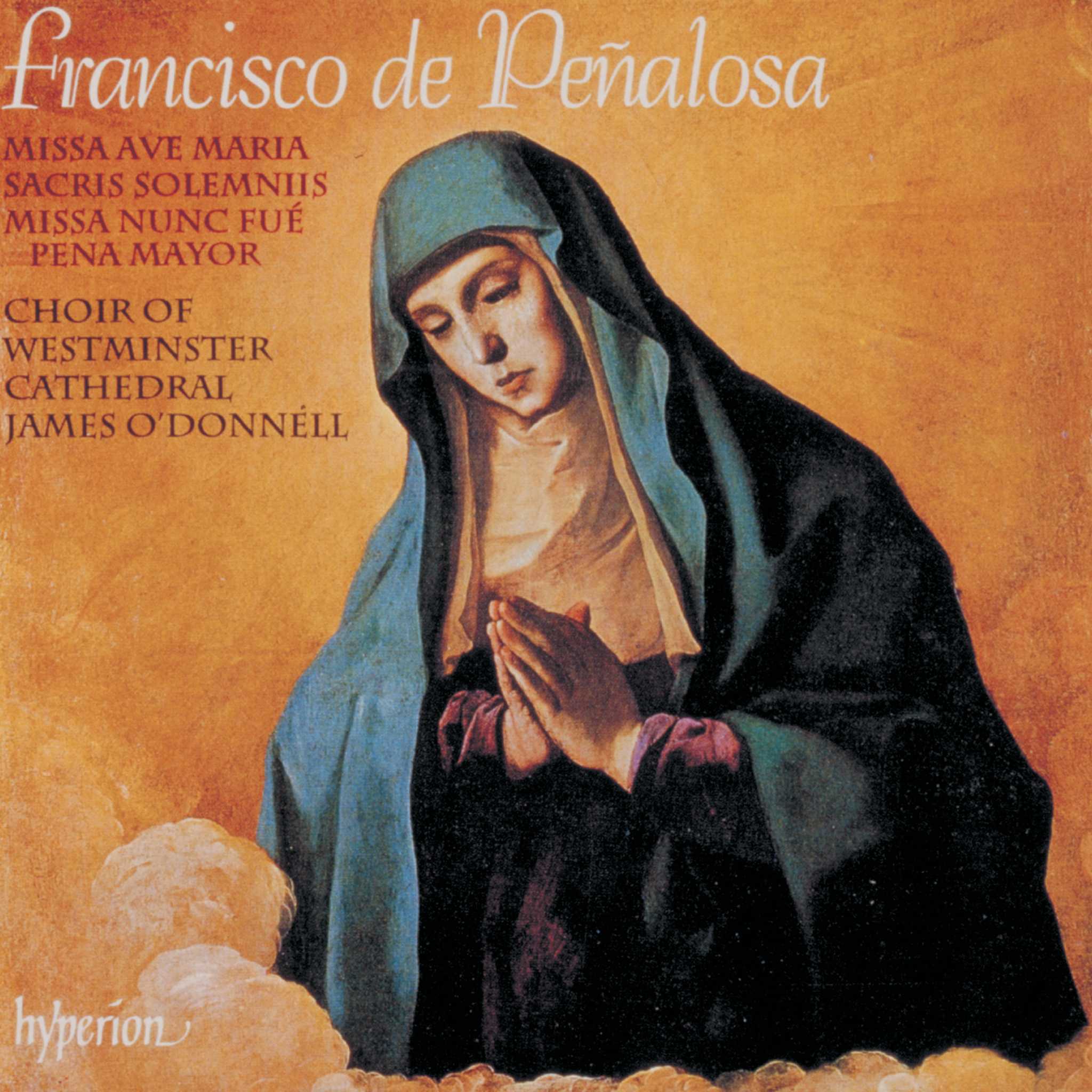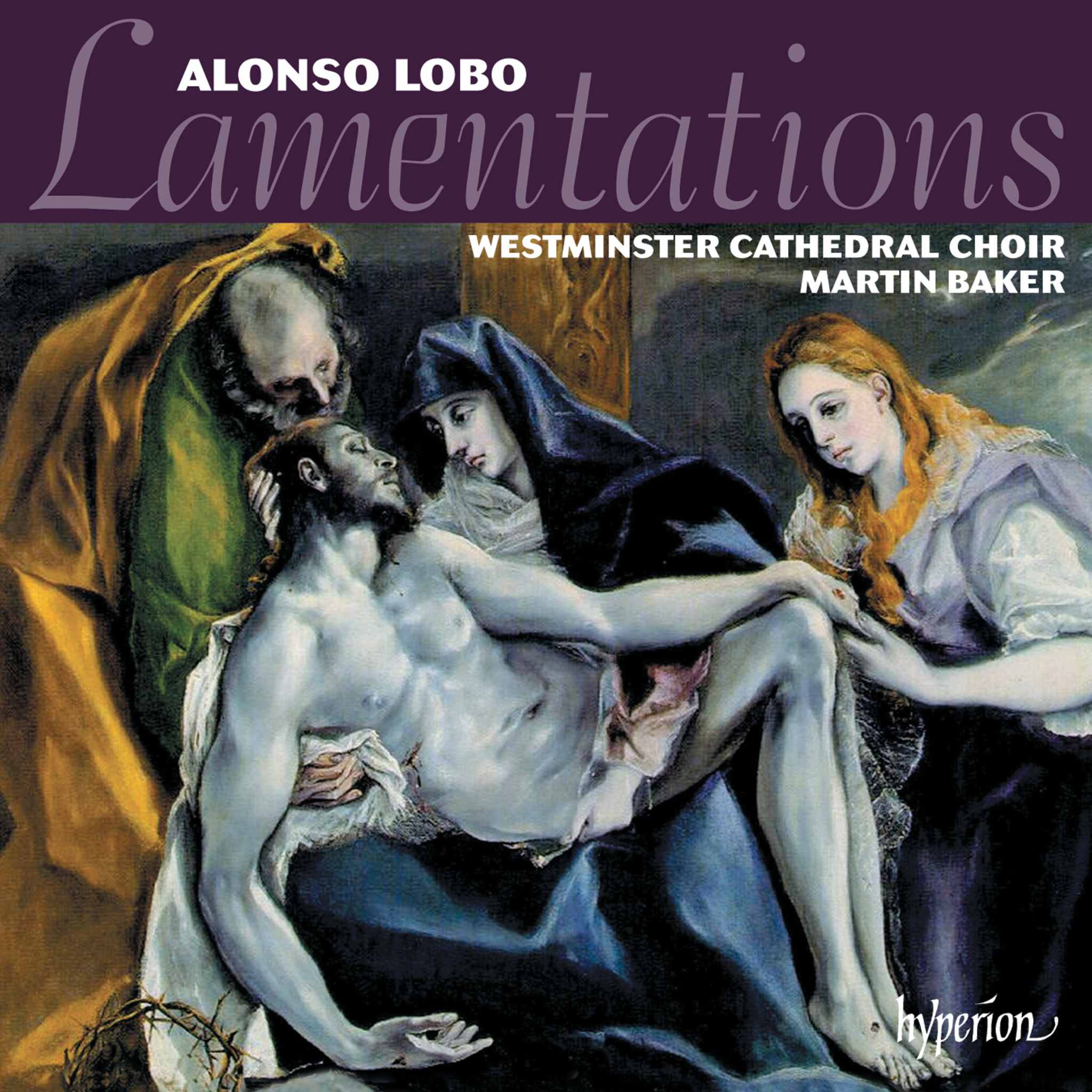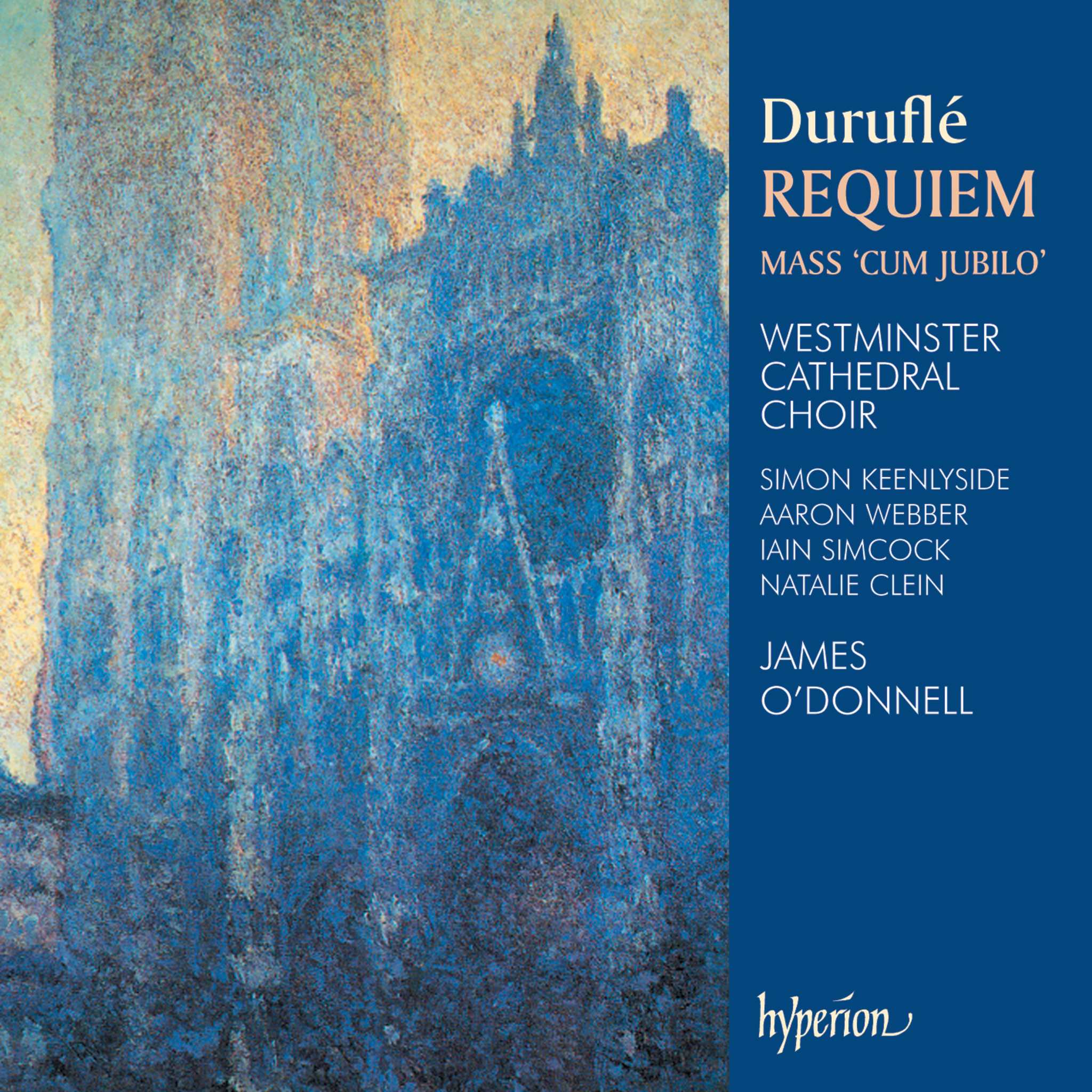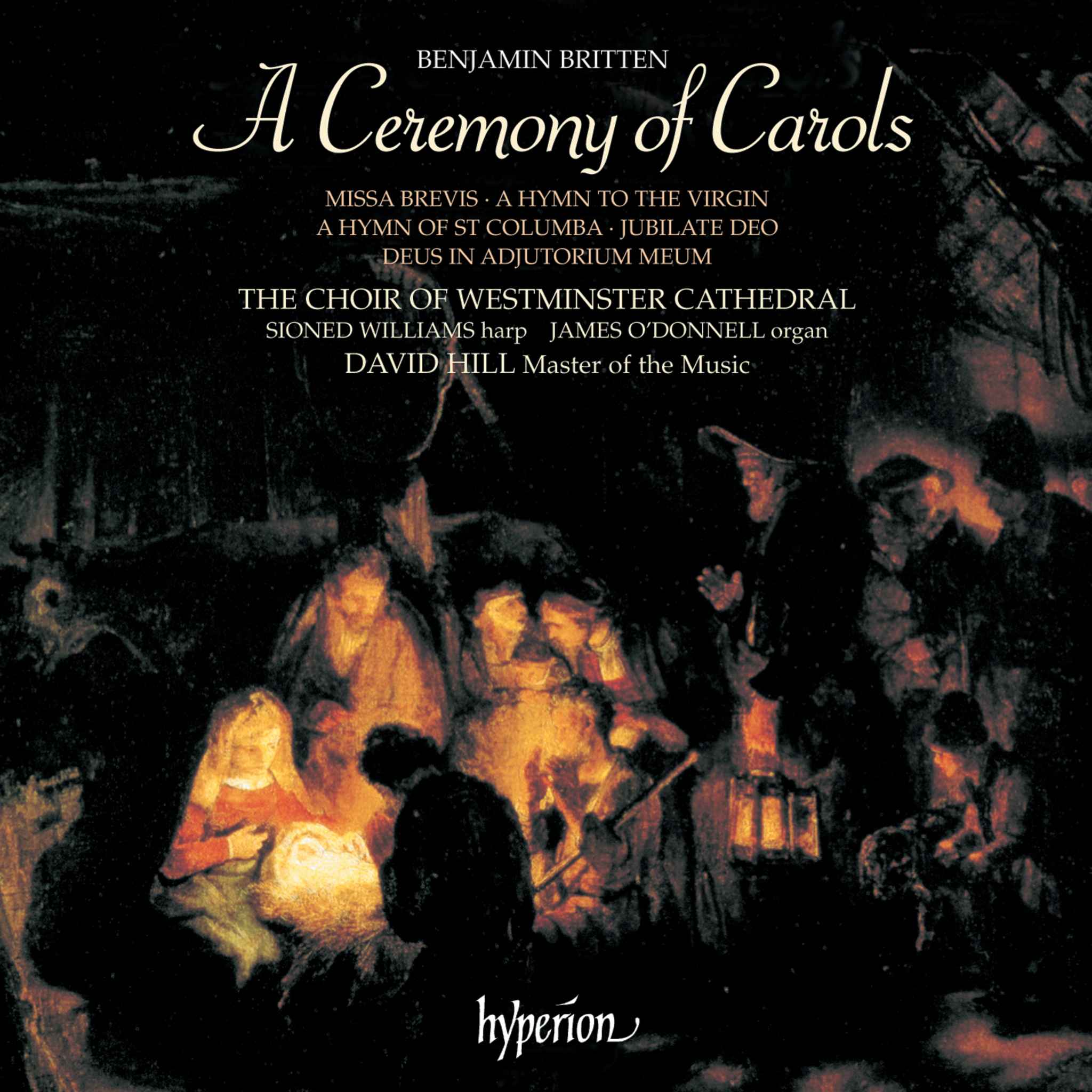Album insights
Zu Beginn seiner musikalischen Karriere spielte Paul Hindemith Violine und wurde bereits mit 19 Jahren Konzertmeister am Opernorchester in Frankfurt. Später entdeckte er seine Begeisterung für die Bratsche, mit der er sich als international anerkannter Solist und Kammermusiker etablierte. Diese Vorliebe schlug sich in zahlreichen Kompositionen nieder, insbesondere in mehreren Solosonaten für Bratsche. Seine Zusammenarbeit mit dem Schott-Verlag, die ein Leben lang andauerte, begann 1919 in Frankfurt mit der Veröffentlichung der Sonate in F-Dur op. 11 Nr. 4 für Bratsche und Klavier.
Die frühen Werke aus Hindemiths Opus-Reihe zeugen von seinem Bestreben, romantische Traditionen zu überwinden und lassen Einflüsse von Komponisten wie Haydn und Händel erkennen. Mit wachsender künstlerischer Reife verband Hindemith Elemente verschiedener Stilrichtungen zu eigenständigen Werken. Sein Schaffen für Bratsche und Klavier umfasst unterschiedliche Entwicklungsphasen und Stile; in späteren Stücken wie der vierten Sonate op. 25 von 1922 zeigte er fortgeschrittene Techniken und stärkere Kontraste.
Während seines Exils komponierte Hindemith bedeutende Werke, darunter seine letzte, umfassende Bratschensonate, die 1939 in Harvard uraufgeführt wurde. Diese Sonate vereint die ausgereifte Musiksprache des Komponisten mit Einflüssen früherer Werke und innovativer Gestaltung. Mit zahlreichen Instrumentalsonaten und ausgedehnten Konzertreisen schuf Hindemith ein vielseitiges und beeindruckendes Werk, das sich trotz politischer und persönlicher Schwierigkeiten kontinuierlich weiterentwickelte.








